Yakirra majuscula
(F.Muell. ex Benth.) Lazarides & R.D.Webster
This species is a small erect annual grass between 30 and 75 cm tall. The leaves are arranged from the base of the plant and along the stem (Fig. 1), with leaf blades 5-30 cm long, 2-7 mm wide. Inflorescences or flowering branches terminate the stem and are usually well exserted from the leaf axils (Fig. 2). The inflorescences or flowering branches are few flowered panicles, 4-15 cm long, with primary branches arising along a central stem and branching into one or two secondary branches (Fig. 2). Each branch is terminated by a single spikelet (the basic flowering unit). The spikelets consist of two glumes, the lower glume distinctly shorter than the upper glume, and encompasses two florets (modified flowers), the upper floret has a hardened lemma which is seed like in appearance (Fig. 3). Two club shaped appendages are present at the base of the upper floret although are only visible under magnification (Fig. 4). Spikelets are dorsally compressed, i.e. flattened from front to back and are elliptic or oval shaped in outline, tapering at the top and bottom.
Botanical Description
An annual species 30-75 cm tall, erect, with sparsely branched or unbranched stems. Mid-culm internodes hollow with glabrous nodes. Leaf blades glabrous or indumented, rough to touch, 5-30 cm long, 2-7 mm wide. The inflorescences are panicles 4-15 cm long (Fig. 2). Spikelets are 5.5-7 mm long, the lower glume much shorter than the upper glume (about half as long) and attached to the stem below the upper glume, the upper glume 5-6.8 mm long, with glumes tapered into a sharp point (acute to mucronate) (Fig. 3). The spikelets contain two florets as long as or slighter shorter than the spikelets, the lower floret usually sterile (rarely male) without a significant palea, the upper floret bisexual with a smooth, thick, hardened lemma 3.4-5.1 mm long (Fig. 4a & b). Lodicules present.
Diagnostic Features
Yakirra species are usually recognised by their few flowered open panicles and relatively large dorsally compressed spikelets (i.e. flattened across the back and front) which are tapered to a fine point at the tip and include an upper floret with a hardened lemma. Most Yakirra species, except for Yakirra nulla which is only known from the Northern Territory, have a pair of appendages called lodicules which are present as fleshy outgrowths at the base of the hardened lemma (visible under magnification) (Fig. 4a & b). It is distinguished from Yakirra pauciflora which also occurs in the region by the size of the spikelet, < 5 mm in Y. pauciflora compared to > 5 mm in Y. majuscula. Superficially it may be confused with Panicum species but both the size of the spikelets and the presence of lodicules help to differentiate it.
Habitat
This species is widespread in tropical Australia from Queensland through to Western Australia. Usually found growing in tropical woodlands and grasslands, arid and semi-arid low woodlands and hummock grasslands (Lazarides 2005, Simon & Alfonso 2011).
Land Management Notes
Provides short lived fodder for grazing animals (Lazarides 2002, Milson 2000).|
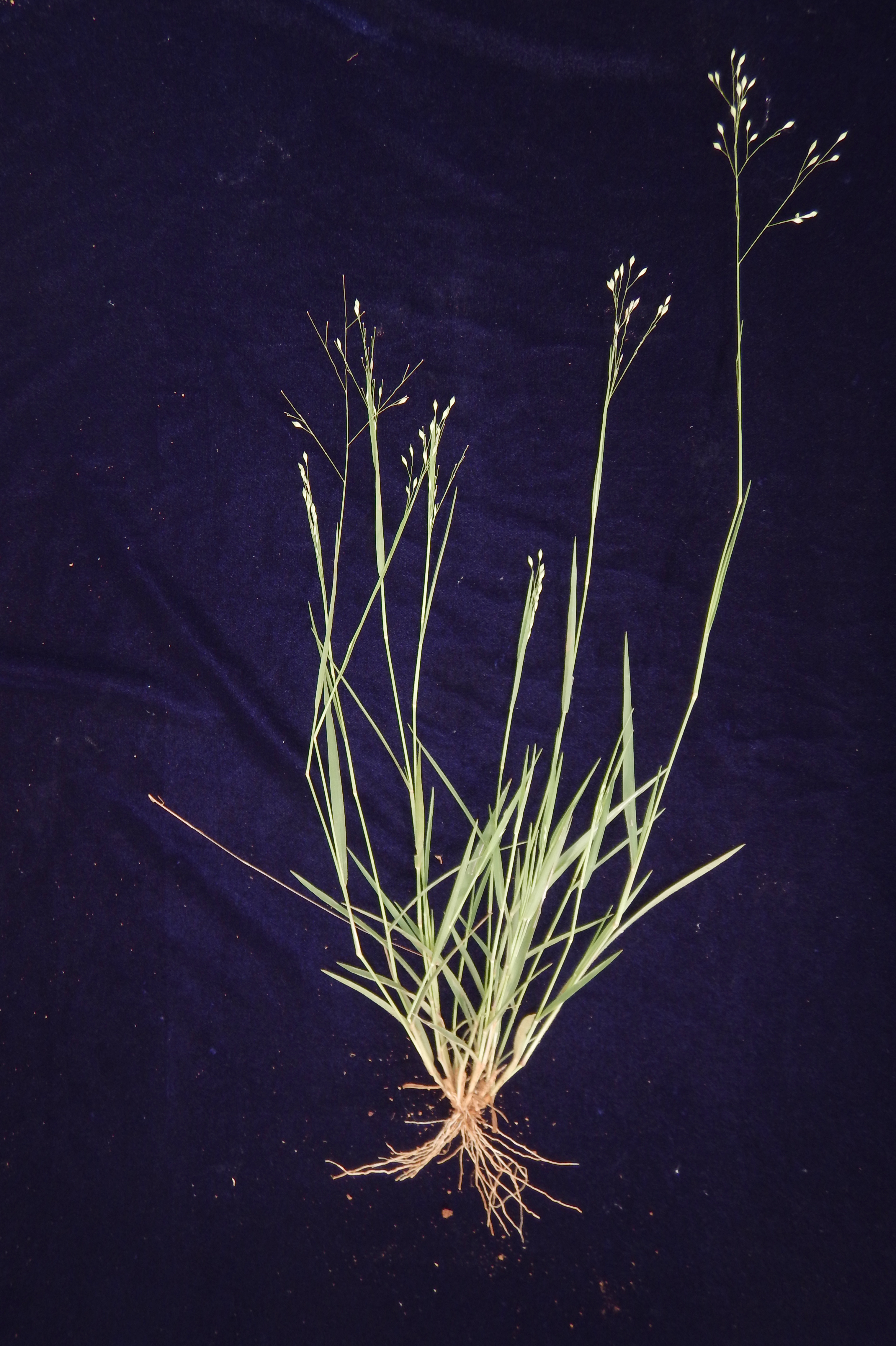
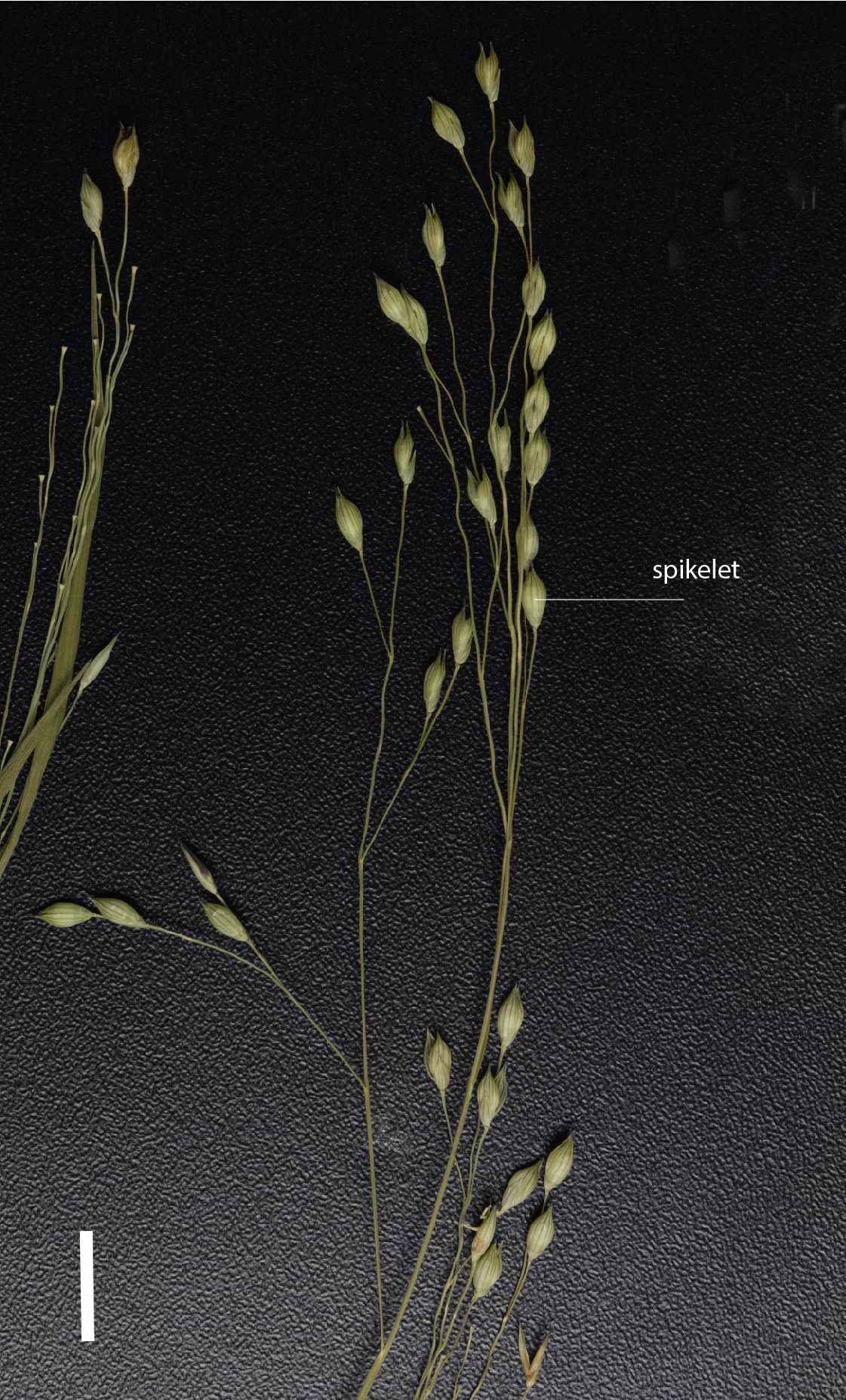
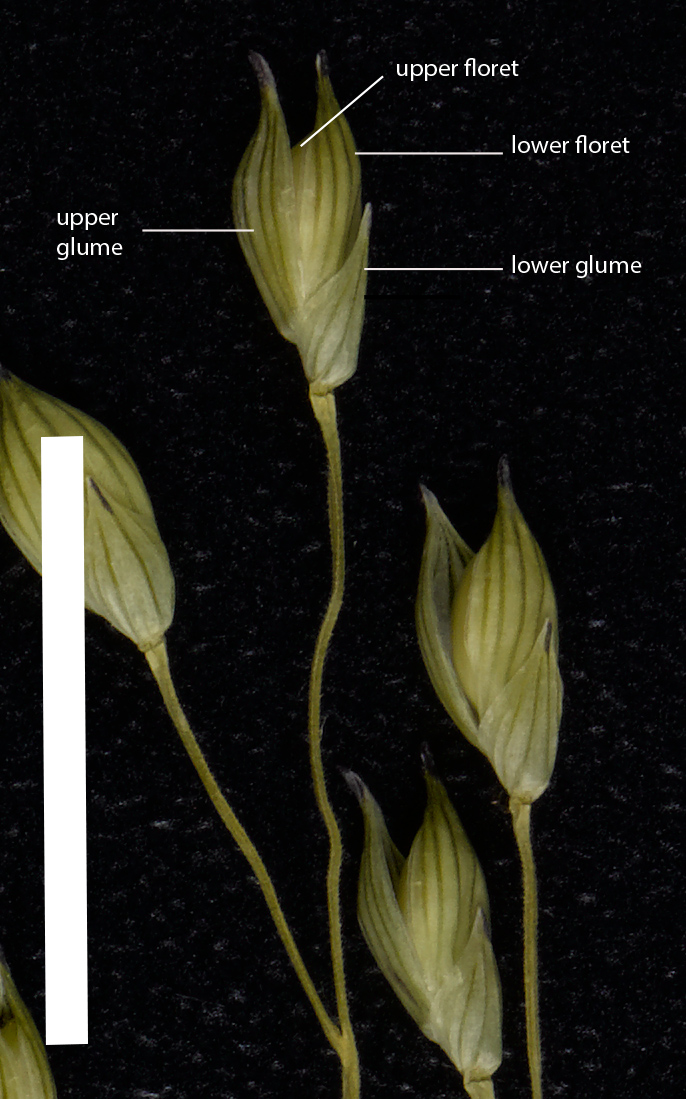
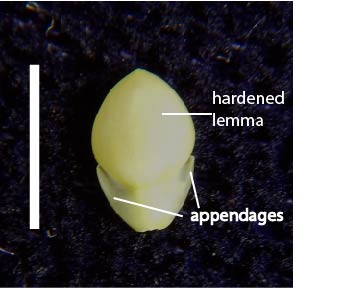
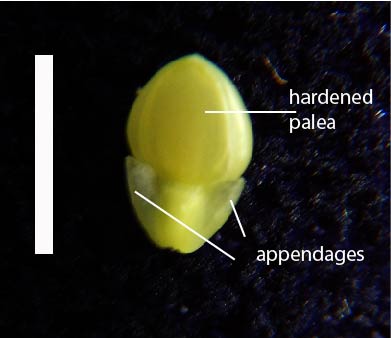
Resources
AVH (2017) Australia’s Virtual Herbarium, Council of Heads of Australasian Herbaria, <http://avh.chah.org.au>, accessed 30 May 2017.
Lazarides, M. & Webster, R.D. (1985) Yakirra (Paniceae, Poaceae), a new genus for Australia. Brunonia 7(2): 295.
Lazarides, M. (2002) Economic attributes of Australian grasses. Flora of Australia 43: 213-245.
Macfarlane, T.D. (1992) Yakirra. In J.R. Wheeler (ed.), B.L. Rye, B.L. Koch & A.J.G. Wilson. Flora of the Kimberley Region. (Western Australian Herbarium, Dept. of Conservation and Land Management Como, W.A.), pp. 1246-1248.
Milson, J. (2000) Pasture plants of north-west Queensland. Information Series Q100015. Queensland Department of Primary Industries.
Simon, B.K. & Alfonso, Y. (2011) AusGrass2, http://ausgrass2.myspecies.info/ accessed on [20 March 2017].

